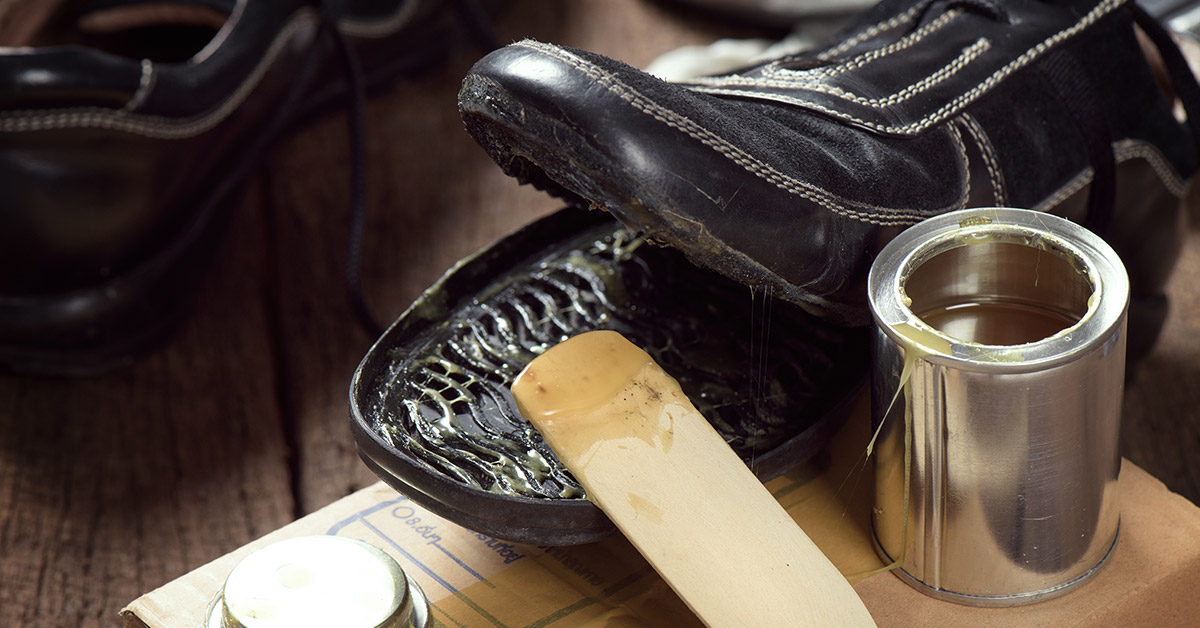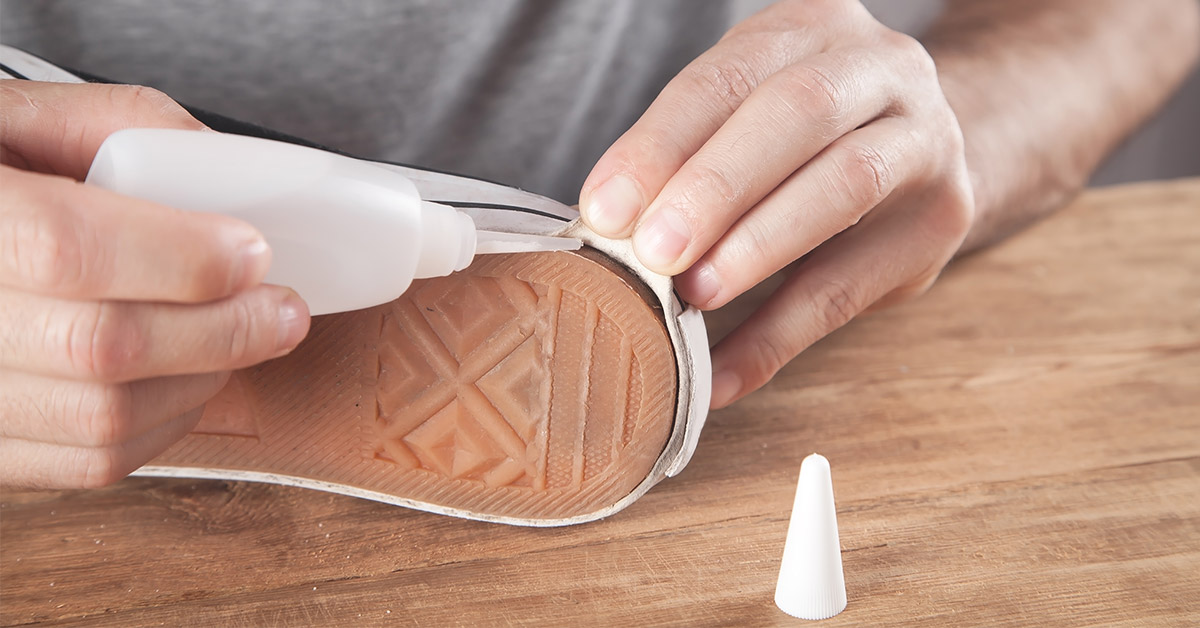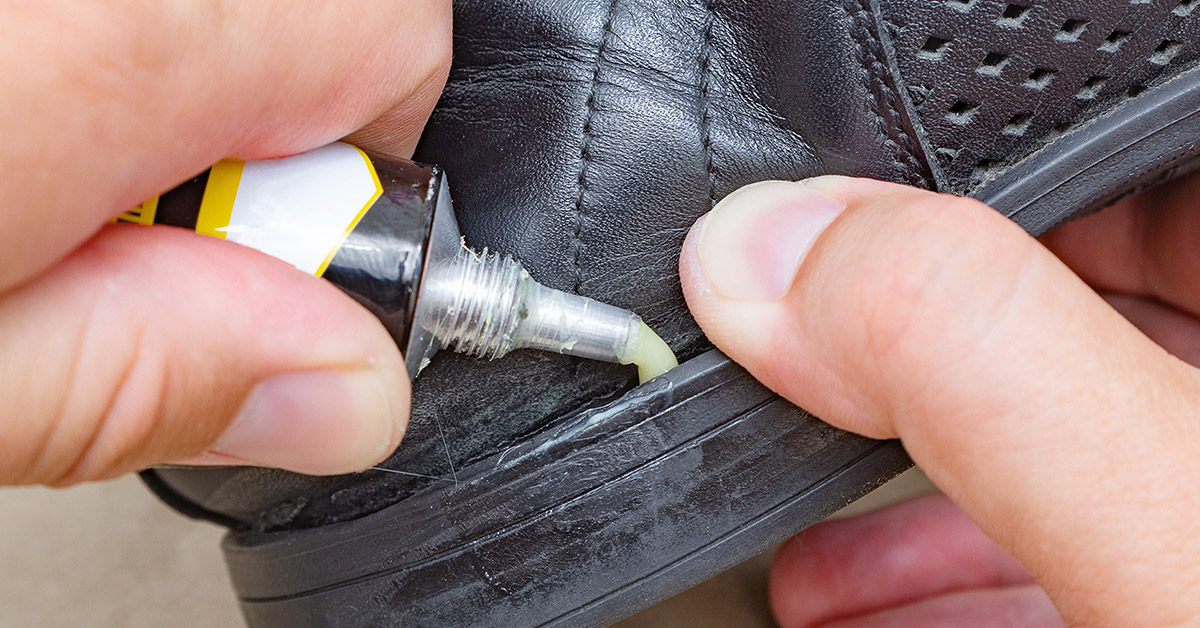If you’re a shoe enthusiast, repair expert, or simply someone who loves keeping their favorite footwear in top shape, you’ve likely faced the dilemma of what kind of glue to use on shoes. Whether you have a pair of worn-out sneakers or a beloved heel that has seen better days, choosing the right adhesive can mean the difference between a successful fix and a shoe that ends up in the trash. In this comprehensive guide, we’ll explore the various types of glue available, their advantages and disadvantages, and provide you with real-world experiences to help you make an informed choice.
Understanding Shoe Adhesives
Shoe glue is designed to bond different materials used in footwear, including leather, rubber, fabric, and more. When selecting glue for shoe repair, it’s crucial to consider the shoe’s material, the type of damage, and the intended use of the footwear. Using the wrong adhesive can lead to unsightly repairs or, worse, a shoe that falls apart at the worst possible moment.
Types of Glue for Shoes
1. Contact Cement
Contact cement is a popular choice for repairing shoes. It creates a strong bond upon contact, making it ideal for larger surface areas. This type of glue is particularly effective for leather shoes, as it easily adheres to the material.

- Pros: Strong initial bond, flexible after drying, suitable for various materials.
- Cons: Requires careful application, can be messy, and has a strong odor.
2. Shoe Goo
Shoe Goo is a well-known adhesive specifically designed for shoe repair. It’s versatile and works well on rubber and leather. Shoe Goo is not only an adhesive but also provides a protective layer that helps extend the life of your footwear.

- Pros: Waterproof, flexible, can fill gaps in repairs.
- Cons: Takes longer to dry, may remain tacky if too much is applied.
3. Super Glue (Cyanoacrylate)
Super glue is excellent for quick fixes on shoes, particularly for repairing small tears or securing loose parts. Its fast-drying properties make it a favorite for emergency repairs.

- Pros: Fast-drying, easy to use, effective on small surfaces.
- Cons: Not flexible once cured, can become brittle over time.
4. Epoxy Resins
Epoxy is a two-part adhesive that offers a powerful bond. It’s a great choice for hard materials and can be used to repair soles or other significant parts of the shoe.

- Pros: Extremely strong, water-resistant, excellent for heavy-duty repairs.
- Cons: Longer curing time, complex mixing process, can be messy to apply.
Factors to Consider When Choosing Glue

When deciding what kind of glue to use on shoes, consider the following factors:
- Material: Different glues work better with different materials. Ensure you choose an adhesive compatible with your shoe’s material.
- Type of Damage: Assess whether the damage is minor (small tear) or significant (detached sole) to determine the best glue type.
- Usage: If the shoe is for everyday wear, opt for a flexible adhesive. For occasional use, a stronger, less flexible bond may suffice.

Real-World Footwear Experiences
Sometimes, the best knowledge comes from real-world experiences. Here are some case studies from shoe enthusiasts who faced common glue-related challenges.

Case Study 1: Leather Boot Repair
Jane, a professional hiker, loved her leather boots but found that the sole was peeling away after countless trails. She opted for contact cement due to its strong bond and flexibility. After cleaning the surfaces, she applied the glue and pressed the sole back into place, holding it for a few minutes. To her delight, the boots held up perfectly on her next hiking trip.
Case Study 2: Sneaker Rejuvenation
Mark loved customizing his sneakers. When he accidentally pulled off a patch while adding new laces, he turned to Shoe Goo. He generously applied it to the back of the patch, let it cure, and then wore the sneakers out for a weekend in the city. They not only looked good but also had the added protection from wear and tear.
Comparison Table of Glue Types
| Glue Type | Material Compatibility | Drying Time | Flexibility | Water Resistance |
|---|---|---|---|---|
| Contact Cement | Leather, Rubber | Fast | Yes | Yes |
| Shoe Goo | Rubber, Leather | Medium | Yes | Yes |
| Super Glue | Plastic, Fabric | Very Fast | No | Some |
| Epoxy Resins | Plastic, Metal | Long | No | Yes |
Tips for Successful Shoe Repair
Here are some practical tips to ensure your shoe repairs are successful:
Preparation is Key
Before applying any glue, make sure to clean the surfaces thoroughly. Remove dirt, dust, and any old adhesive residue. A clean surface allows for a stronger bond.
Follow the Instructions
Each type of glue comes with specific instructions for usage. Make sure to follow these guidelines accurately to maximize effectiveness.
Use the Right Amount
A common mistake is using too much glue. This can lead to messy repairs and longer drying times. A thin, even layer often yields the best results.
Allow for Adequate Drying Time
Patience is essential. Allow your shoes to dry completely before wearing them again, even if the glue claims to set quickly.
Product Highlights
Now let’s take a closer look at some of the top products available for shoe repair. Each of these adhesives has its unique strengths, making them suitable for different situations.
Shoe Goo
Best for: General shoe repair and protection.
Features: Waterproof, fills in gaps, flexible after curing.
Where to buy: Available at local retail stores and online.
Gorilla Super Glue
Best for: Quick fixes on rubber and plastic.
Features: Fast-drying, strong bond, precision tip for easy application.
Where to buy: Widely available at hardware stores and online retailers.
Loctite Ultra Gel Control
Best for: Flexible and durable repairs.
Features: No-drip formula, suitable for vertical surfaces.
Where to buy: Available in most hardware and craft stores.
Pros and Cons of Using Glue on Shoes
While using glue for shoe repairs can be convenient, it’s essential to weigh the pros and cons:
Pros
- Cost-effective compared to professional repairs.
- Quick and often easy to apply.
- Allows for personal customizations.
Cons
- Some adhesives may not provide a long-lasting bond.
- Improper application can lead to an uneven finish.
- Not all repairs are suitable for DIY fixes.
Frequently Asked Questions
1. Can I use regular glue on shoes?
Regular glue may not provide the flexibility and durability required for shoe materials. It’s best to use specialized adhesives designed for footwear.
2. How do I remove old glue from shoes?
Use a mixture of rubbing alcohol and water on a cloth to gently rub away old glue. For tougher residues, consider using acetone sparingly.
3. What is the drying time for shoe glue?
Drying time varies by product; however, most shoe adhesives require at least 24 hours for a complete set. Always refer to the manufacturer’s guidelines.
4. Is Shoe Goo suitable for all shoe materials?
Shoe Goo is versatile and works well with most materials, including leather and rubber. However, always test a small area if you’re unsure.
5. Can glue repairs last long?
Yes, with the right adhesive and proper application, glue repairs can significantly extend the life of your footwear.
6. How much glue should I apply?
A thin layer is often best. Too much glue can make the repair messy and may not bond effectively.
7. Are there alternatives to glue for shoe repair?
Yes, options like stitching, using heat, or sole adhesives can effectively repair shoes, depending on the damage.
8. Can I wear my shoes immediately after gluing?
It’s best to wait until the glue has fully cured. Wearing them too soon can weaken the bond and lead to a failed repair.
9. What are some common mistakes in shoe repair?
Common mistakes include using the wrong type of glue, not cleaning surfaces properly, and applying too much adhesive.
10. How can I ensure a clean finish?
Using painter’s tape around the repair area can help contain the glue, preventing a messy application.
11. Is there a best time of year to repair shoes?
While you can repair shoes year-round, it’s advised to do so during dry seasons to allow for optimal drying conditions.
Conclusion
Choosing the right glue for your shoes is integral to ensuring successful repairs and maintaining the longevity of your footwear. Whether you opt for contact cement, Shoe Goo, super glue, or epoxy, understanding the nuances of each type of adhesive will empower you to tackle various shoe repair projects confidently. Remember, preparation is key, and with a little patience, you can breathe new life into your favorite pairs. Happy repairing!
Citations
- “How to Choose the Right Shoe Adhesive” – Footwear News [PDF Link](https://www.footwearnews.com/wp-content/uploads/2020/01/how_to_choose_shoe_adhesive.pdf)
- “Shoe Repair: Best Practices” – American Orthopaedic Foot & Ankle Society [DOC Link](https://www.aofas.org/_Private/Foot%20Care%20Allied%20Health%20Facility%20Guide%20-%20Shoe%20Repair.doc)
- “Materials and Methods in Shoe Repair” – Journal of Foot and Ankle Surgery [Link](https://www.jfas.org/article/S1067-2516(20)30256-0/fulltext)